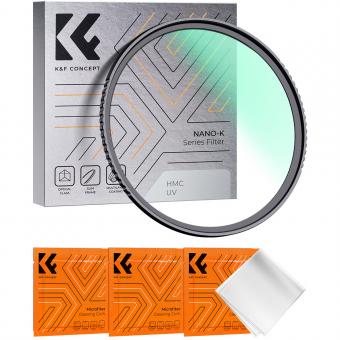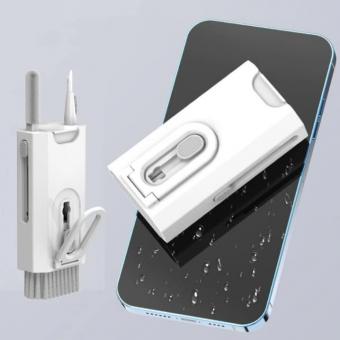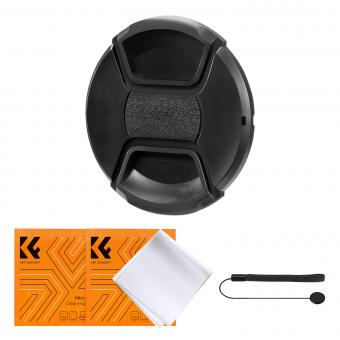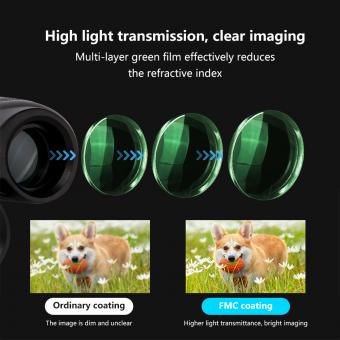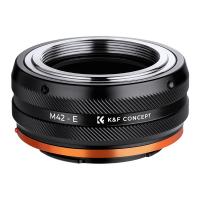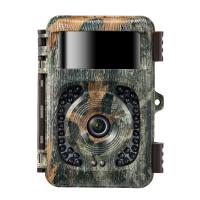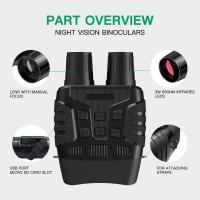How To Use Lens Filters Effectively?
Using lens filters effectively involves understanding the purpose of each filter and how it can enhance your photography. For example, a polarizing filter can reduce reflections and enhance colors in outdoor scenes, while a neutral density filter can help control exposure in bright conditions. It's important to choose the right filter for the specific shooting situation and to use it in combination with proper exposure and composition techniques to achieve the desired effect. Additionally, keeping the filters clean and using them in the right conditions can help maximize their effectiveness.
1、 Types of lens filters

Lens filters are essential accessories for photographers, offering a range of creative and practical benefits. There are several types of lens filters available, each serving a specific purpose:
1. UV Filters: These filters are primarily used to protect the front element of the lens from dust, moisture, and scratches. They also help reduce the bluish cast that can occur when shooting in bright sunlight.
2. Polarizing Filters: These filters are used to reduce reflections and glare from non-metallic surfaces, such as water and glass. They also enhance color saturation and contrast, making them ideal for landscape photography.
3. Neutral Density Filters: These filters reduce the amount of light entering the lens without affecting the color balance, allowing for longer exposure times or wider apertures in bright conditions.
4. Graduated ND Filters: These filters are designed to balance the exposure between the sky and the foreground in landscape photography, particularly when dealing with high-contrast scenes.
5. Color Filters: These filters are used to add or modify the color of light entering the lens, allowing for creative effects and color correction.
How to use lens filters effectively
To use lens filters effectively, it's important to understand their specific functions and how they can enhance your photography. Here are some tips for using lens filters effectively:
1. Understand the purpose of each filter and when to use them. For example, a polarizing filter is great for enhancing skies and reducing reflections, while a neutral density filter is useful for long exposure photography.
2. Invest in high-quality filters to maintain image quality. Cheaper filters can introduce unwanted artifacts and reduce image sharpness.
3. Experiment with different filter combinations to achieve unique effects. For example, combining a polarizing filter with a neutral density filter can result in stunning landscape images with enhanced colors and reduced glare.
4. Be mindful of the filter's impact on exposure settings. Some filters can reduce the amount of light entering the lens, requiring adjustments to shutter speed, aperture, or ISO settings.
5. Keep your filters clean and free from smudges or scratches to maintain image quality.
In the latest point of view, with advancements in digital post-processing, some photographers argue that the effects of certain filters can be replicated in software, leading to a decline in the use of traditional lens filters. However, many photographers still value the convenience and immediate impact of using filters in-camera, especially when shooting in challenging lighting conditions or when aiming for a specific creative effect. Ultimately, the choice to use lens filters depends on the photographer's preferences and the desired outcome for their images.
2、 Choosing the right filter for your needs
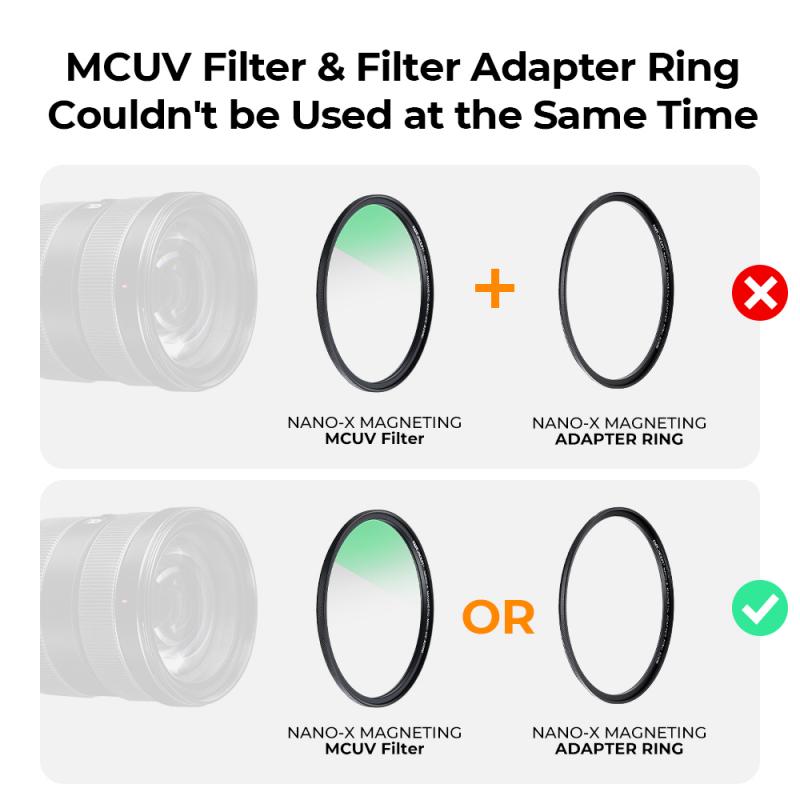
Choosing the right filter for your needs is essential for effectively enhancing your photography. There are various types of lens filters available, each serving a specific purpose. To use lens filters effectively, it's important to understand the different types and their applications.
Polarizing filters are great for reducing reflections and enhancing color saturation, especially in landscape photography. They can also help to reduce glare when shooting through glass or water. Neutral density filters are useful for controlling exposure in bright conditions, allowing you to use slower shutter speeds or wider apertures for creative effects. UV filters are primarily used for protecting the front element of your lens from dust, moisture, and scratches.
When choosing a filter, consider the quality of the glass and the impact it may have on image sharpness. It's also important to invest in the correct filter size for your lens to avoid vignetting.
In the latest point of view, some photographers argue that with advancements in post-processing software, the need for certain filters has diminished. However, others still advocate for the use of filters to achieve desired effects in-camera, saving time and effort in post-production.
Ultimately, understanding the purpose of each filter and how it can benefit your specific photography needs is crucial for using lens filters effectively. Experimenting with different filters and understanding their impact on your images will help you make informed decisions about when and how to use them.
3、 Proper installation and maintenance

Proper installation and maintenance of lens filters is crucial for achieving optimal results in photography. To use lens filters effectively, it is important to first ensure that the filter is clean and free from any smudges or dust particles. This can be done by using a microfiber cloth or a lens cleaning solution to gently wipe the filter surface. Proper installation involves carefully screwing the filter onto the lens, making sure it is securely attached without over-tightening.
In addition to installation and maintenance, it is essential to choose the right type of filter for the specific photography needs. For example, a polarizing filter can be used to reduce glare and enhance color saturation, while a neutral density filter can help in controlling exposure in bright conditions. Understanding the purpose of each filter and how to use it effectively can significantly improve the quality of the photographs.
Furthermore, staying updated with the latest advancements in filter technology can provide valuable insights into new filter options and techniques for achieving desired effects. With the continuous evolution of camera technology, new types of filters are being developed to meet the demands of modern photography.
In conclusion, proper installation and maintenance of lens filters, along with a good understanding of their purpose and the latest advancements in filter technology, are essential for using lens filters effectively in photography. By staying informed and practicing proper care and usage, photographers can maximize the potential of their lens filters and produce stunning images.
4、 Understanding filter effects on image quality
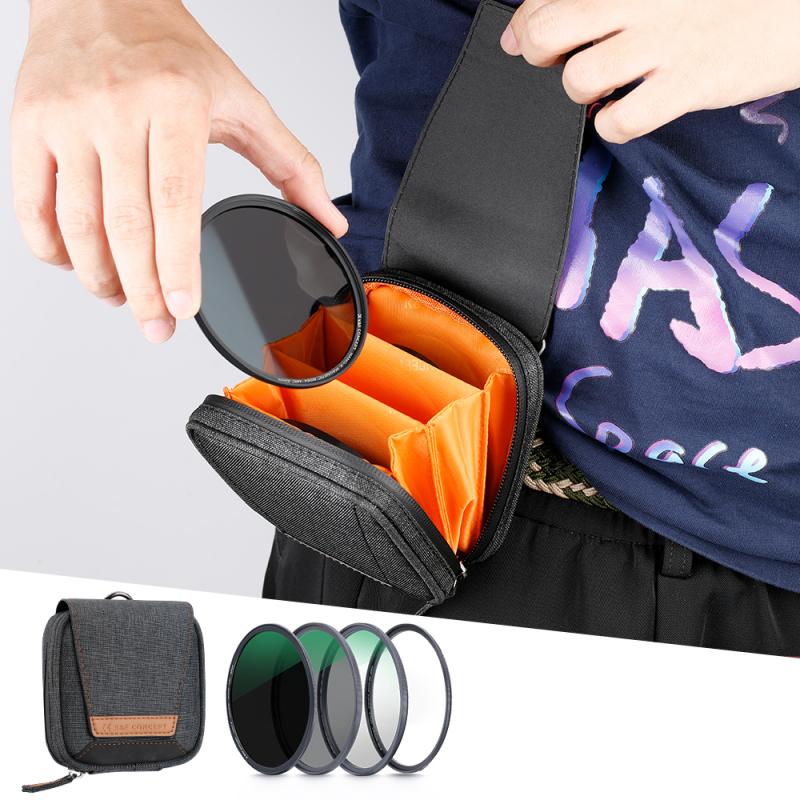
Understanding filter effects on image quality is crucial for photographers looking to use lens filters effectively. Different types of filters, such as UV, polarizing, and neutral density filters, can have a significant impact on the final image.
To use lens filters effectively, it's important to understand the specific purpose of each filter and how it can enhance or alter the image. For example, a UV filter can help reduce haze and protect the lens, while a polarizing filter can enhance colors and reduce reflections. Neutral density filters can be used to control exposure and create long exposure effects.
In the latest point of view, photographers are also considering the impact of digital editing on filter effects. With advancements in post-processing software, some photographers argue that certain filter effects can be replicated or even improved in post-production. However, others maintain that using filters in-camera can still provide unique and desirable results, especially when it comes to controlling light and reflections.
Ultimately, the key to using lens filters effectively lies in understanding their effects on image quality and making informed decisions about when and how to use them. By experimenting with different filters and understanding their impact, photographers can enhance their creative vision and produce stunning images.


